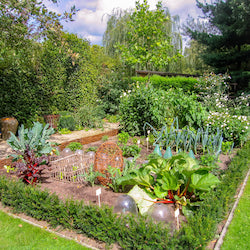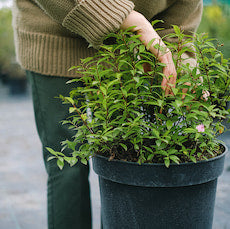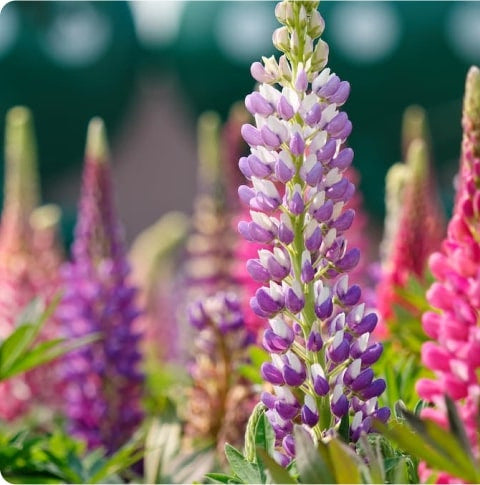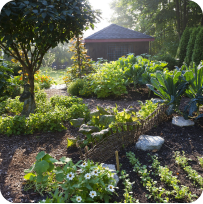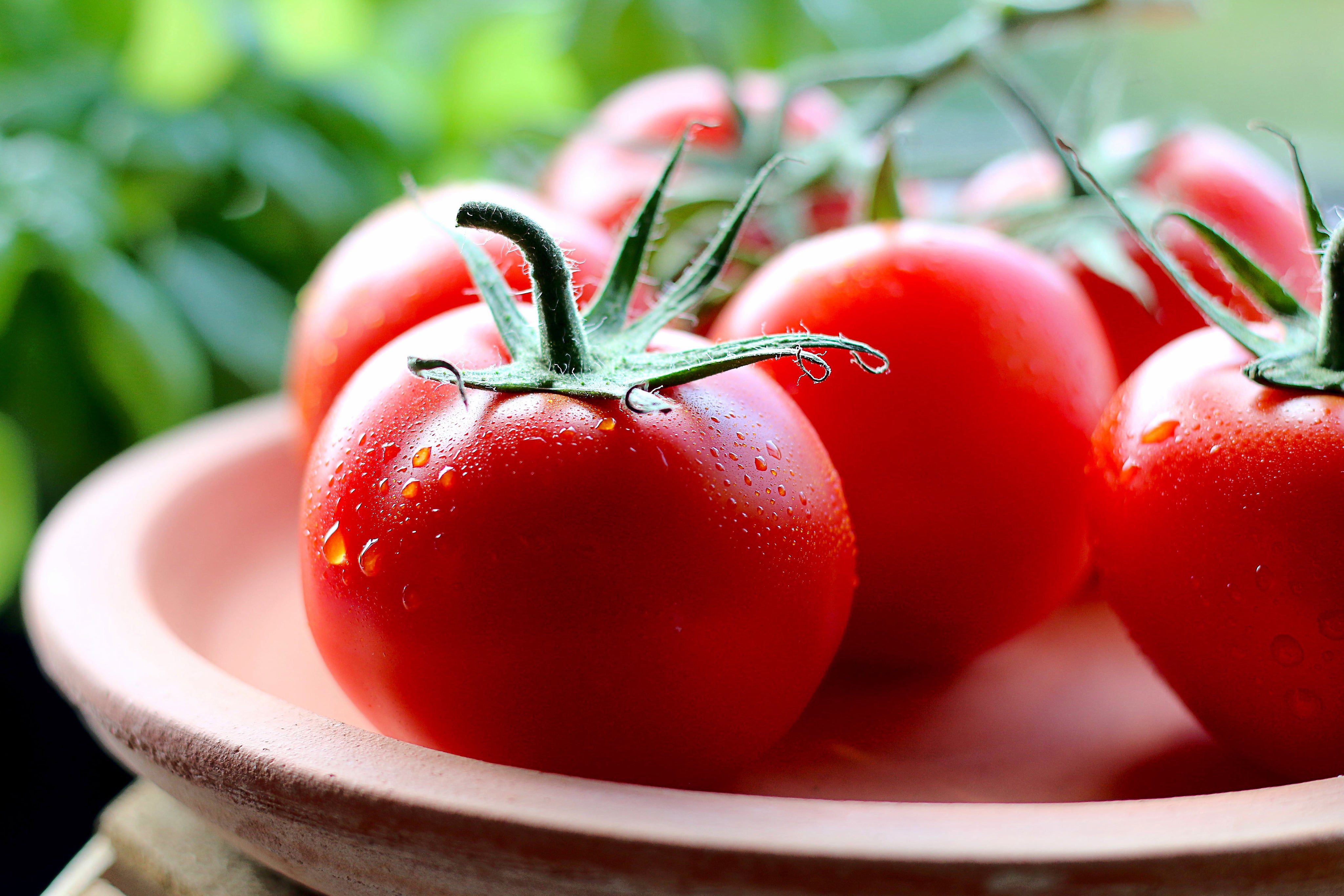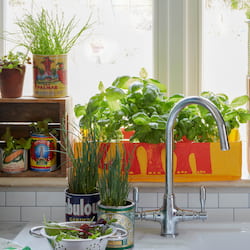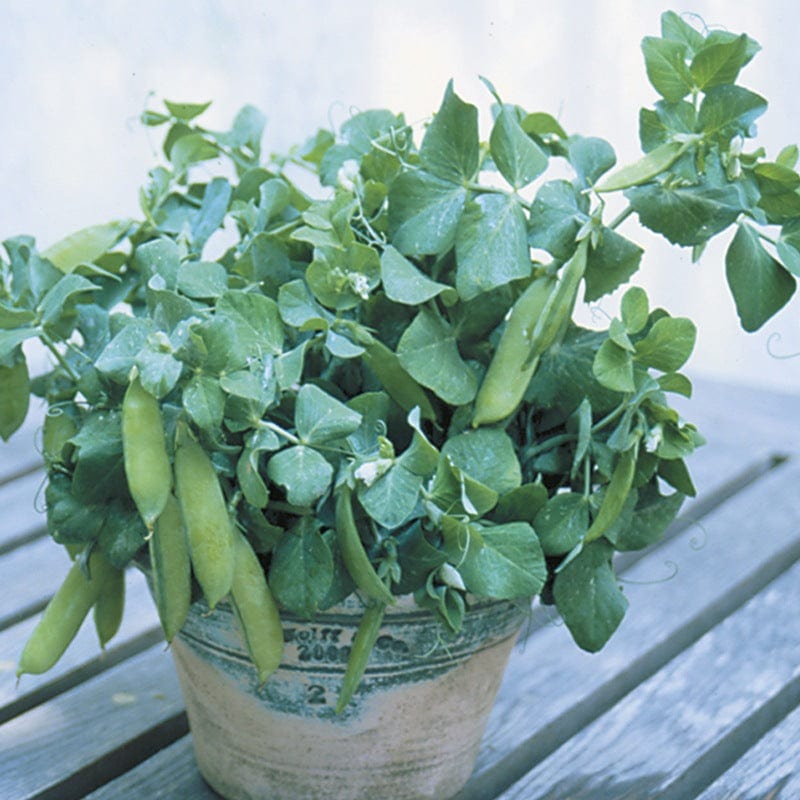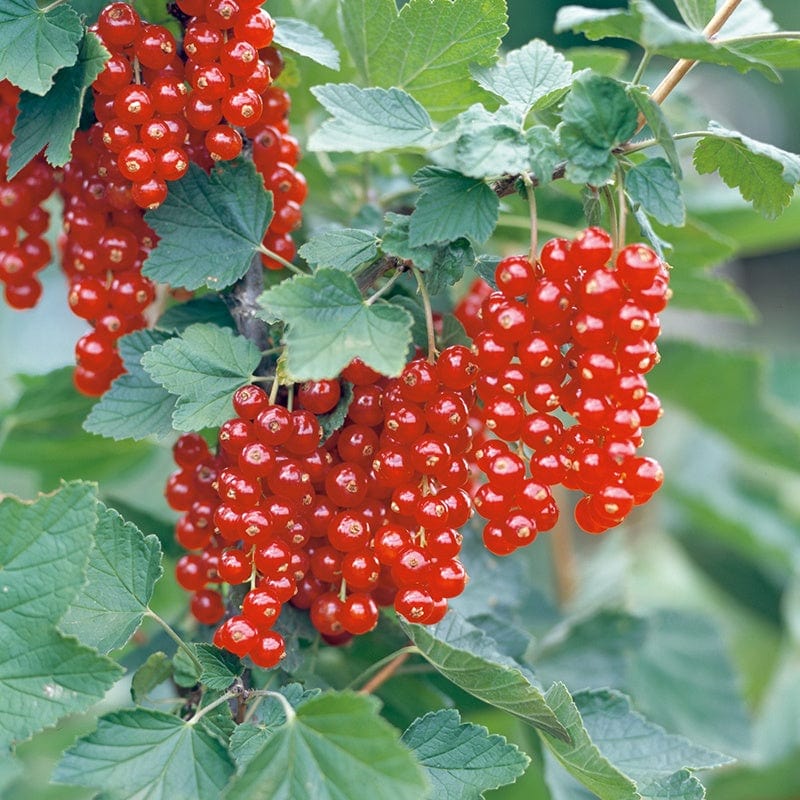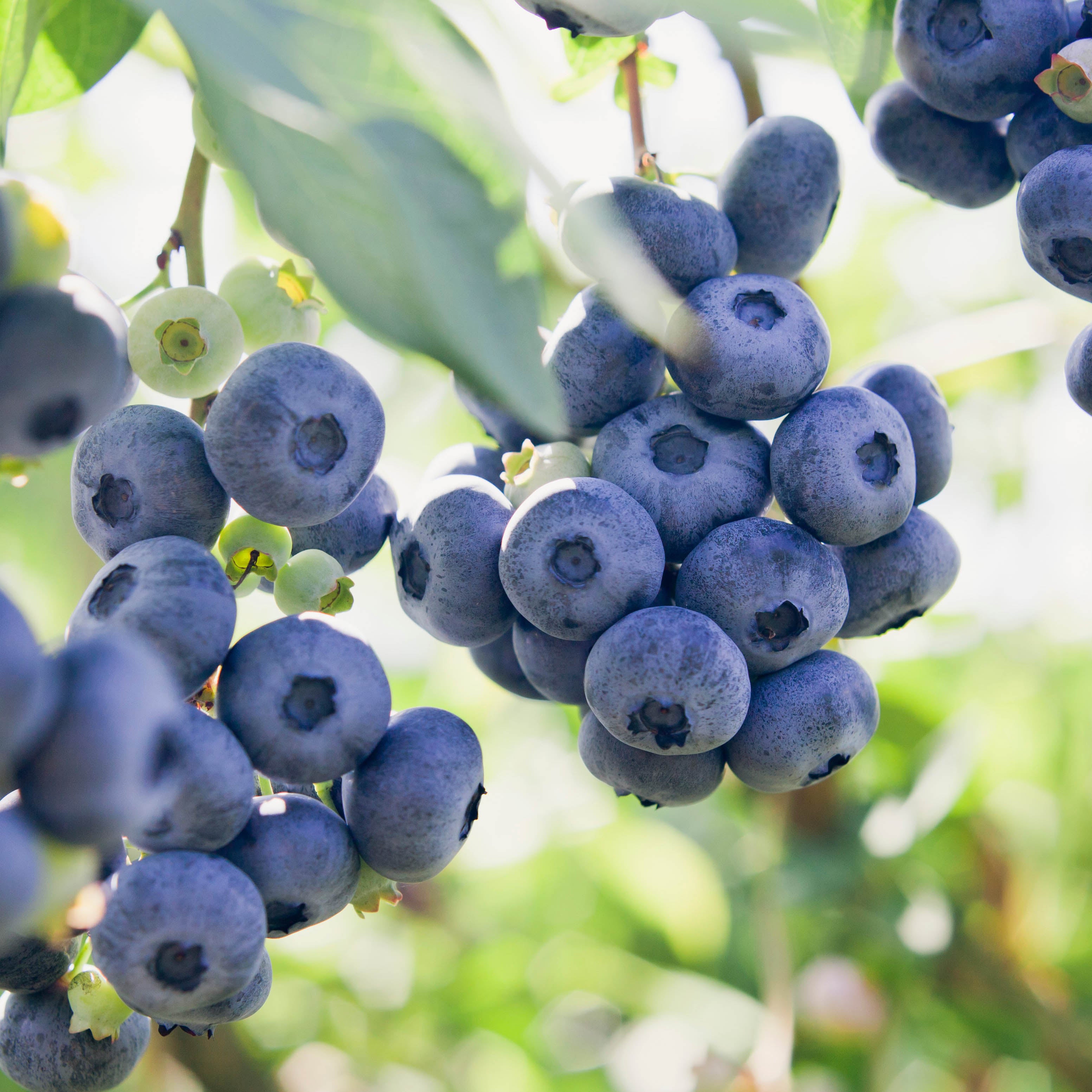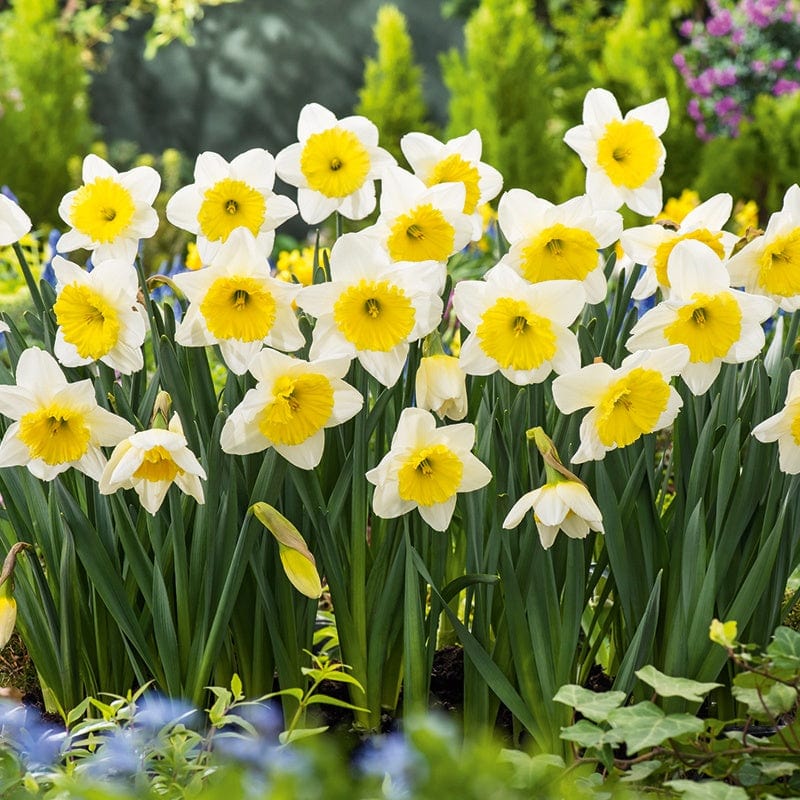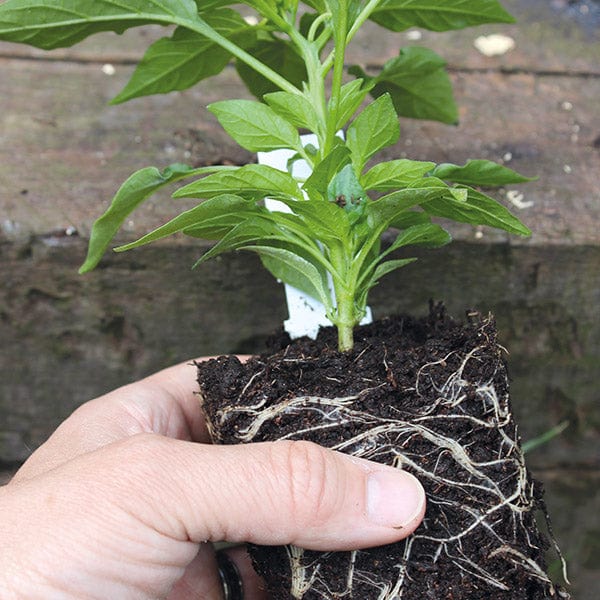Lettuce Seeds
Lettuce is available year round in the shops, but none will equal the flavour and texture of those cut from the garden. Their botanical name Lactuca sativa is from the Latin word lac, meaning ‘milk’; referring to its milky sap. There are many different types of lettuce, from the unjustly maligned ‘icebergs’ through to cos, romaines and butterheads, to loose-leaf types.
How to Sow and Grow Lettuces
Lettuces do best in an open position on light, fertile moisture-retentive soil. They do not prosper on poor soil, which dries out in the summer. Rotate your lettuce crop to avoid a build-up of fungal diseases in the soil. The application of a general purpose fertiliser can be given to the soil about 10 days before sowing or planting.
Lettuce seeds can be sown either in trays of compost for planting out later, or direct in the garden. They do not transplant well in warm weather, so later sowings are best sown directly.
For direct sowings, sow outdoors thinly where they are to crop, 1.5cm(1/2in) deep, directly into finely prepared soil which has already been watered. Allow 25cm(10in) between rows. Early sowings may benefit from cloche protection. Seedlings usually appear in 7-14 days. Thin out to 15cm(6in) apart. Water well unit plants are established. Regular sowings made every two to three weeks will ensure a continuous supply.

